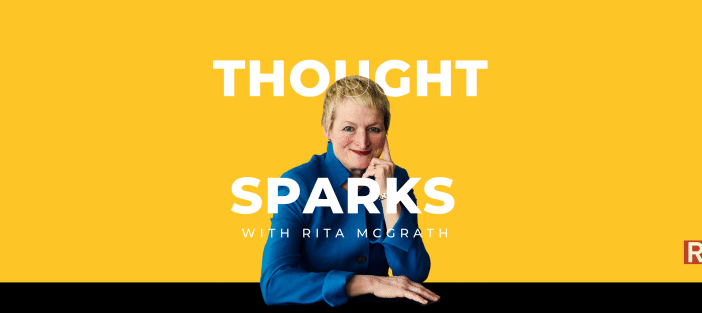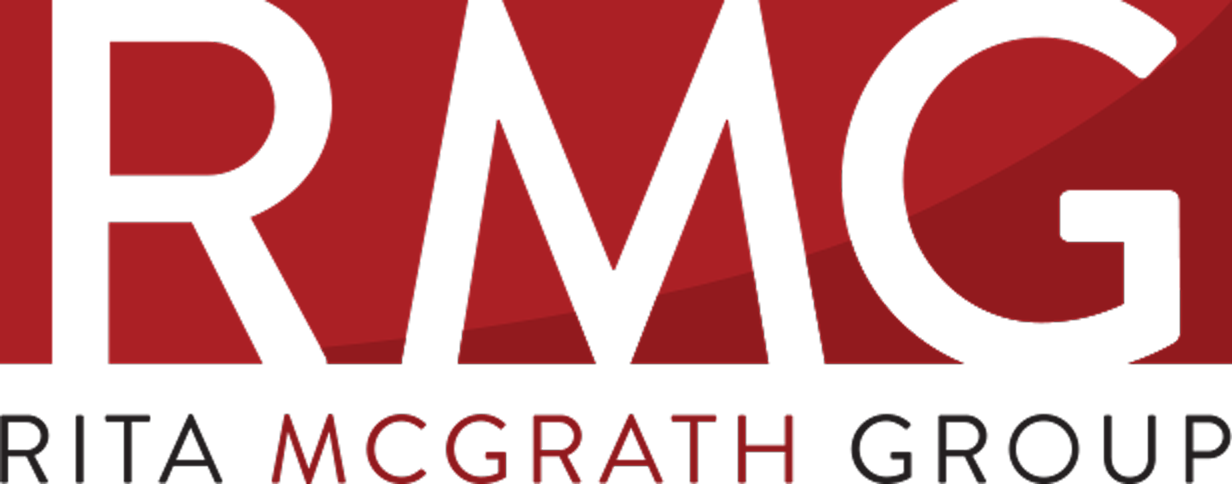
We’re used to thinking of competition as the biggest challenge for getting customers to buy from us. But a much bigger challenge is non-consumption – especially when the reasons people aren’t buying have more to do with friction than with what you’re selling.
A recent article in the New York Times got me thinking about how clueless we often are to the barriers that get in the way of potential customers becoming actual customers. It describes a big population of people who haven’t gotten a COVID vaccine yet, but they aren’t hesitant about it. They’d gladly get vaccinated and put as much of COVID behind them as they can, BUT…the barriers to doing so are for some folks, insurmountable. And the people trying to “sell” to them don’t get it.
No child care, no transportation, no tech-savvy
From a pleasant perch at a working from home office, with a schedule flexible enough to jump on an appointment when it opens up, drive for miles if need be, and the capability to search through confusing web sites to match an appointment with your own availability, the task of getting vaccinated might be modestly inconvenient, but it is certainly doable. It’s understandable why people in that situation might well be baffled by those who despite the increasing availability of vaccines (at least in the US) aren’t moving quickly to get them. This is a problem hiding in plain sight.
Start with the basics – how do I even know if I’m eligible to be vaccinated? About 3 in 10 people recently reported that they didn’t know if they were eligible in their state or not. As any good marketeer will tell you, even if I’m aware I have a problem, if I don’t know that there is a potential solution, I’m unlikely to take action. And despite the well-intentioned posting on any number of official web sites, the eligibility message is unlikely to cross the consciousness of those who don’t own a computer, don’t have broadband access or don’t spend their days doomscrolling.
Now consider someone who isn’t working from home. Perhaps they are an essential worker and have to show up to cover a shift. Or they are running a small service business – say as a plumber, mover, electrician, home health worker or other. Or they work in retail with its notoriously unpredictable hours. Matching availability to appointments is going to be a heck of a challenge. And what about losing the pay for the hours it might take to get to a center and get a dose? Or worse yet, what happens if you need to take time off to cope with side effects and lose those paid hours?
Add to that the task of finding someone to look after the kids while you’re gone (most vaccination sites insist that only the patient being served turn up) and the fact that for many people vaccination sites aren’t accessible by public transportation. Maybe there is no regular doctor in the picture, or there are language barriers. Or people are worried about cost, even though the vaccines are free.
A public-health version of a larger topic: Friction
The COVID vaccine access system in the United States is an illustration of the dilemma that often the biggest competitor you face is the challenge of non-consumption. The essence of the problem is that even if someone wants your product or service because it meets an important job-to-be-done in that person’s life, barriers to being able to access that product or service leave the need unmet, the deal unconcluded and the potential transaction unconsummated.
For those making decisions about products, services, channels and offers, the barriers that create non-consumption experiences are often invisible. The decision-makers can often swipe away challenges of cost, access, timing and convenience with superior resources. And yet, this can be a source of incredible blind spots, limiting the reach of even an attractive offering.
A company that really counters this is, of course, Amazon. As Geoff Colvin of Fortune admiringly remarked, “Amazon is the world champion at taking out friction.” From one-click buying, to “buy it again’ to instant reports on how available an item is to making suggestions that are really relevant, to bringing the thing right to your door, Amazon has been on a march to eliminate barriers to access – even in many cases, price barriers.
Even for those people who would like to avoid doing business with Amazon, it’s hard. Once you have the recipe down for eliminating non-consumption, it’s really difficult to go back to putting up with all that friction.
Health authorities beginning to figure this out
The leveling off of the rate of COVID vaccinations in the US for a long time was framed in terms of vaccine-hesitancy or its more virulent cousine, anti-vaxx disinformation. That made for great headlines. When public health officials and other observers started to dig in, however, the non-consumption problem became pretty obvious.
The responses, while piecemeal and slow, are encouraging. Celebrities are endorsing vaccines and often showing themselves getting shots on video. New Jersey Transit, in partnership with companies such as Novartis, has begun offering free rides to people to vaccine sites. Pop up vaccine sites are targeting hard-to-reach workers where they live and work. Pharmacies are shifting from an appointment model to a walk-in model. And the conversation is beginning to shift from seeing people who are unvaccinated as objecting, to lacking in access.
A great demonstration of how to combat non-consumption.
